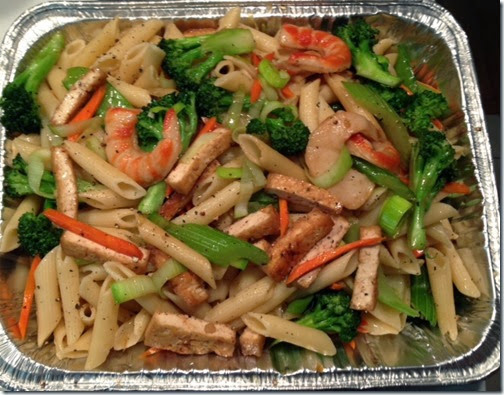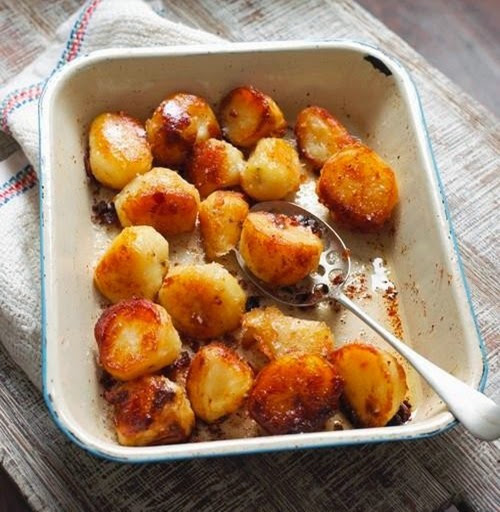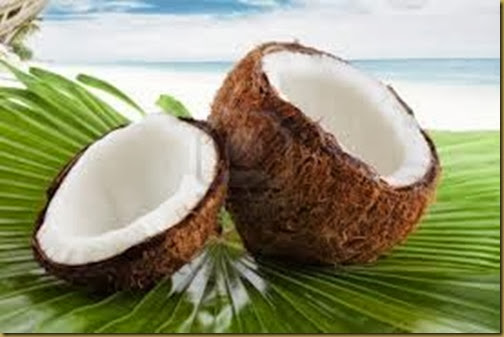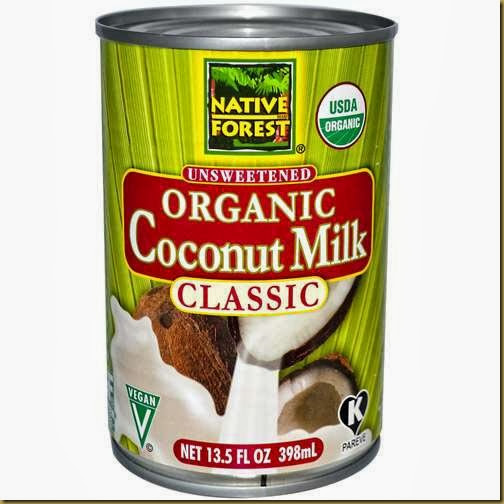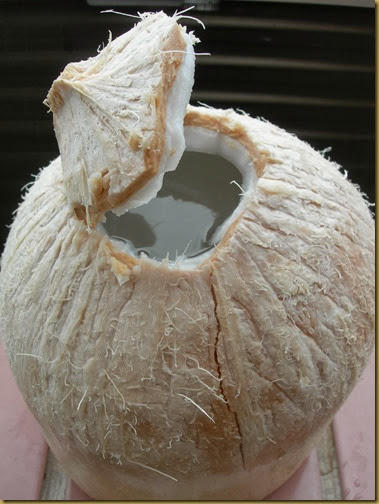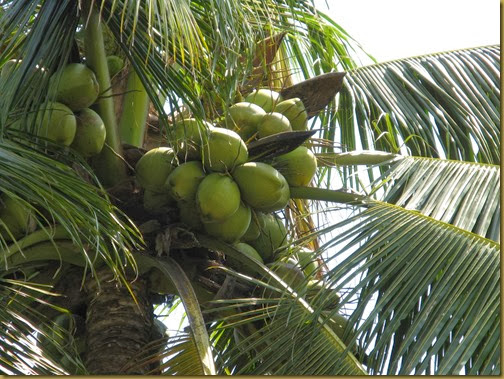As you may be aware, meat prices are at an all-time high. With meat becoming increasingly expensive, more and more people are adopting Meatless Mondays as part of their weekly menu plan. By integrating more grains and vegetables into your diet, you'll start to notice some changes to your pocketbook as well as your waistline.
If you're wondering where you should start, there are plenty of staples you'll want to stock up on your next shopping trip to get things moving. Not only are they budget-friendly, but they're also healthy and delicious. Here are some must-have items and a few recipes to get you started:
Beans: Beans are my go-to protein source for anyone looking to slowly transition out of their meat-eating diets. You can often find a variety of beans on sale for less than $1. Not only do they have a long-shelf life and are good for your emergency kit, but they also contain fiber, which is great way to feel less hungry.
Tomato Sauce: First off, you can get a can of tomato paste or sauce for less than $1. Since it's so versatile, I always have at least 10 to 15 cans in my pantry ready to be used. Like beans, sauce has a long shelf life so you have the peace of mind that it won't go bad quickly.
Grains: Whether you choose brown rice, quinoa, whole grain pasta or gluten-free pasta, it's good to have these grains readily available to make fried rice or sushi. When you eliminate meat, you want to substitute it with fiber rich grains and vegetables that will keep you fulfilled. When grains go on sale, pastas can be under $1 and for rice, try to shop at Asian markets to maximize your savings.
Veggies: On every shopping trip, I usually buy a week's worth of cucumbers, pre-packaged carrots, romaine lettuce and kale. Whether I make a salad or a side dish, you'll see some sort of veggie creation at every meal. Not only are they good for you, but they are very filling and fiber-rich. To stay on budget, look to see what veggies are in season and if your local grocery store is running any specials.
Nut Butters: Nut butters includes peanut butter, cashew butter, almond butter and more. Nuts are also a healthy source of protein. You can put them on almost anything and the best part is that kids love them. We usually put nut butters in our almond milkshakes, on top of waffles, on toast and even in tortillas with a little bit of maple syrup. Because they have a good shelf life, you can always stock up on them when they go on sale.
I asked my husband, Chef Hansen Lee at the dusitD2 Constance Pasadena, to offer some of his more unique and delicious recipes for your Meatless Mondays:
Curry Cauliflower Steak with Avocado Pesto:
1 head cauliflower
1 tablespoon curry powder
Salt and pepper to taste
1 avocado
3 tablespoons chopped basil
1 tablespoon olive oil
1/2 tablespoon minced garlic
1 tablespoon lemon juice
1 tablespoon roasted pine nut
Chop the cauliflower into two-inch pieces and blanch them. Season with curry powder, salt and pepper. Place the cauliflower in a sauce pan on medium heat and caramelize both sides.
In a food processor, add avocado, basil, olive oil, garlic, lemon juice and pine nuts. Blend together to smooth and serve with the cauliflower.
Butternut squash on Puff Pastry:
1/2 cup diced butternut squash
1/2 cup diced onion
1 tablespoon olive oil
2 tablespoons maple syrup
1/3 tablespoon ground cinnamon
1/3 tablespoon ground nutmeg
1 puff pastry per person
On medium heat, sauté all the ingredients except for the puff pastry. Bake the puff pastry in the oven per the box directions and then serve the vegetable mixture on top.
Tofu Bolognese with Spaghetti:
1 cup tofu
1/3 cup diced onion
1/3 cup diced celery
1/3 cup carrot
1/2 cup diced tomato
1 tablespoon garlic
1 tablespoon tomato paste
1/2 cup vegetable broth
1 bay leaf
1 tablespoon ground thyme
1 tablespoon ground oregano
1 box spaghetti
With your hand, mash up the tofu. On medium heat, sauté onion, celery, carrot and garlic. Let them sweat, then add tomato paste. Add broth and the remaining ingredients. Season to taste and then pour sauce over the spaghetti.
Susan Yoo-Lee is the editor of Savings.com personal finance blog and founder of Mommas in the House blog.
http://news.yahoo.com/boost-budget-meatless-mondays-143600002.html

